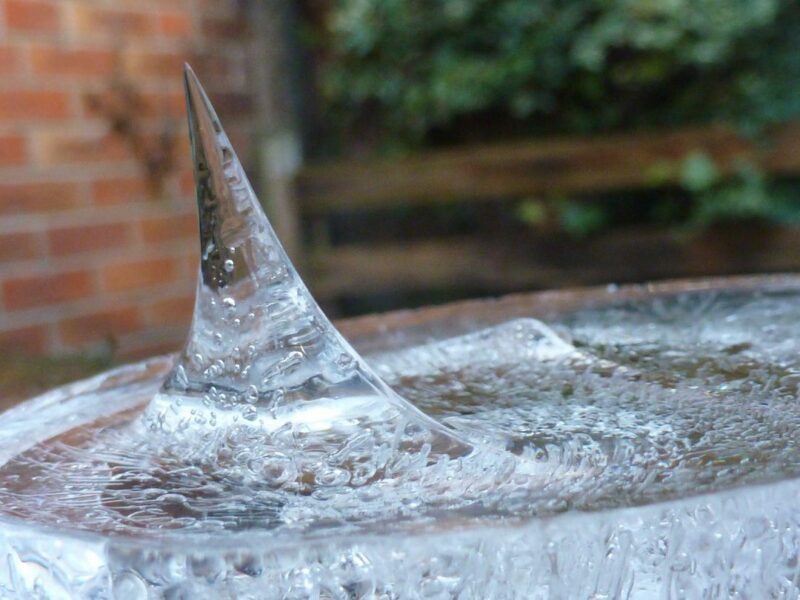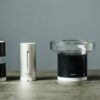A great example of an Ice Spike in Newton Aycliffe, Co Durham
A good mate of mine just posted these extraordinary photos on Facebook of an ‘Ice Spike’.
“This morning I had never heard of an ice spike and if I had ever seen one, would have had no idea what it was and shrugged it off as something strange.
A post on another site had a photo of one happening in the great outdoors of Northumberland along with an explanation of the strange event.
That reminded me that yesterday, in my small beaker used for inaccurate assumptions of rainfall measures, I had noticed a frozen stick shape protruding above the top.
It must have been 6-8 cm long. I shrugged it off, wrongly presuming that by chance (a million to one ?) an icicle had fallen from the roof some 4 feet away and several higher and landed, unbroken in the beaker !?! On reading said post, I went outside to find this …”
Michael Simmons, Newton Aycliffe
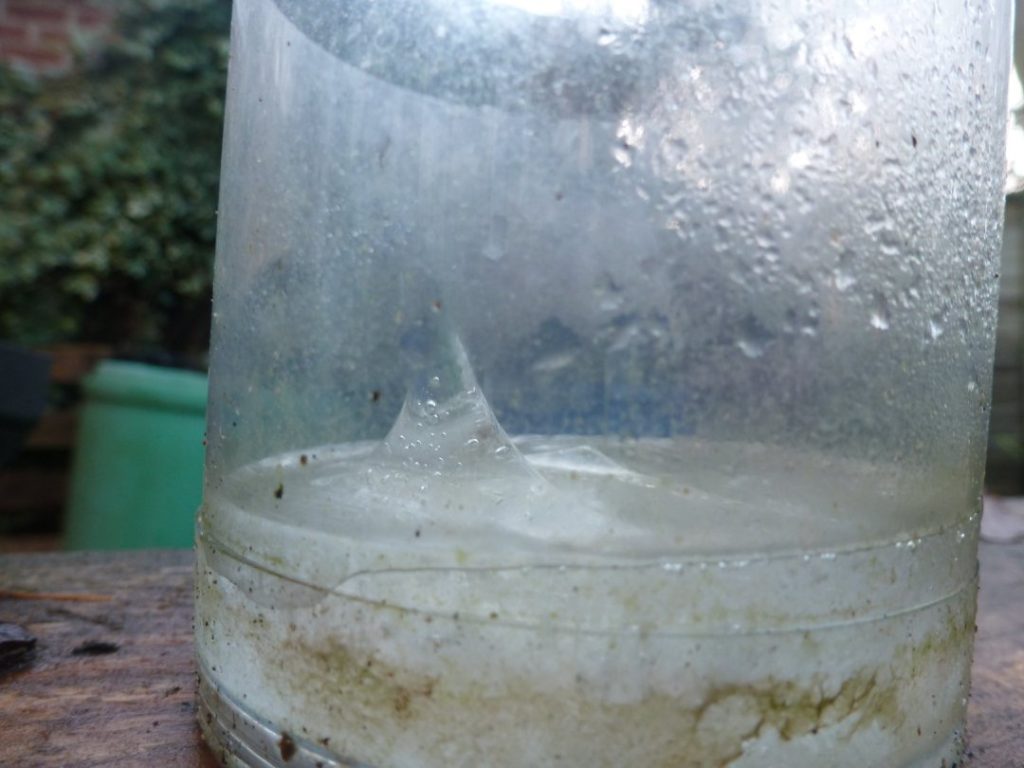
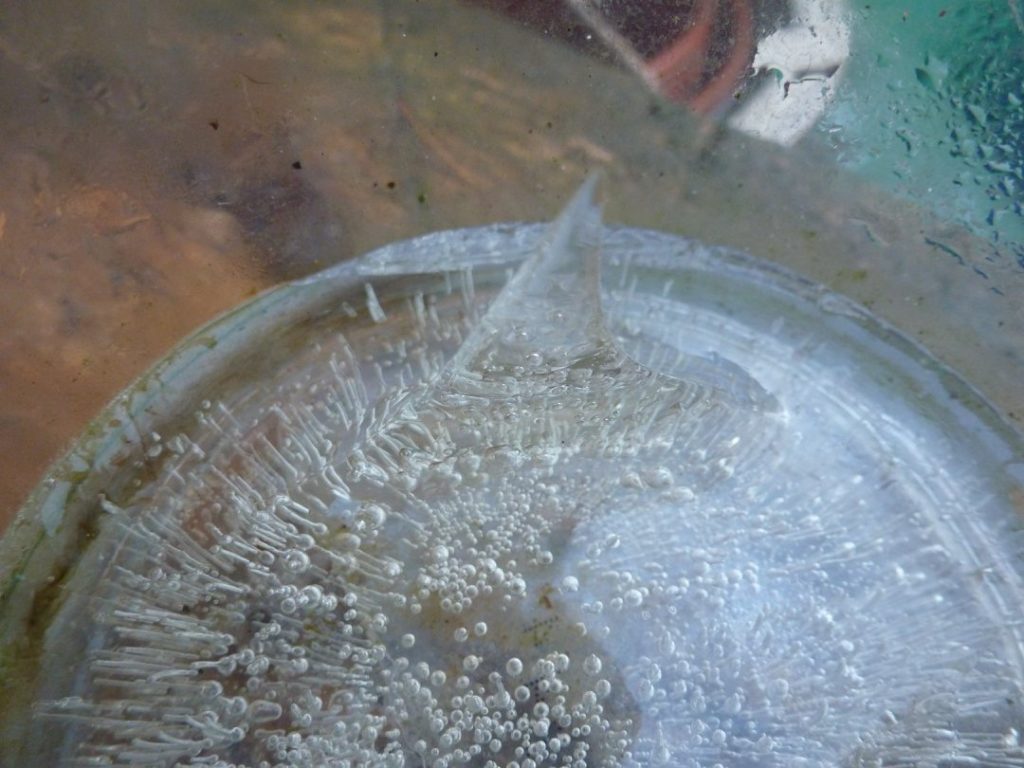
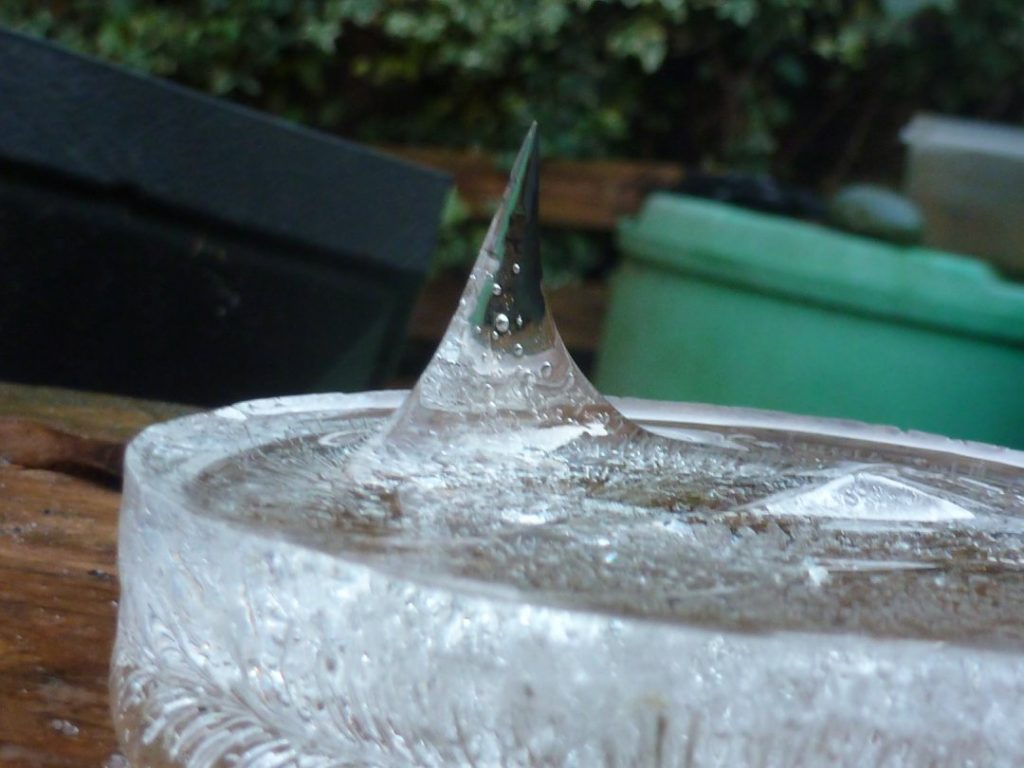
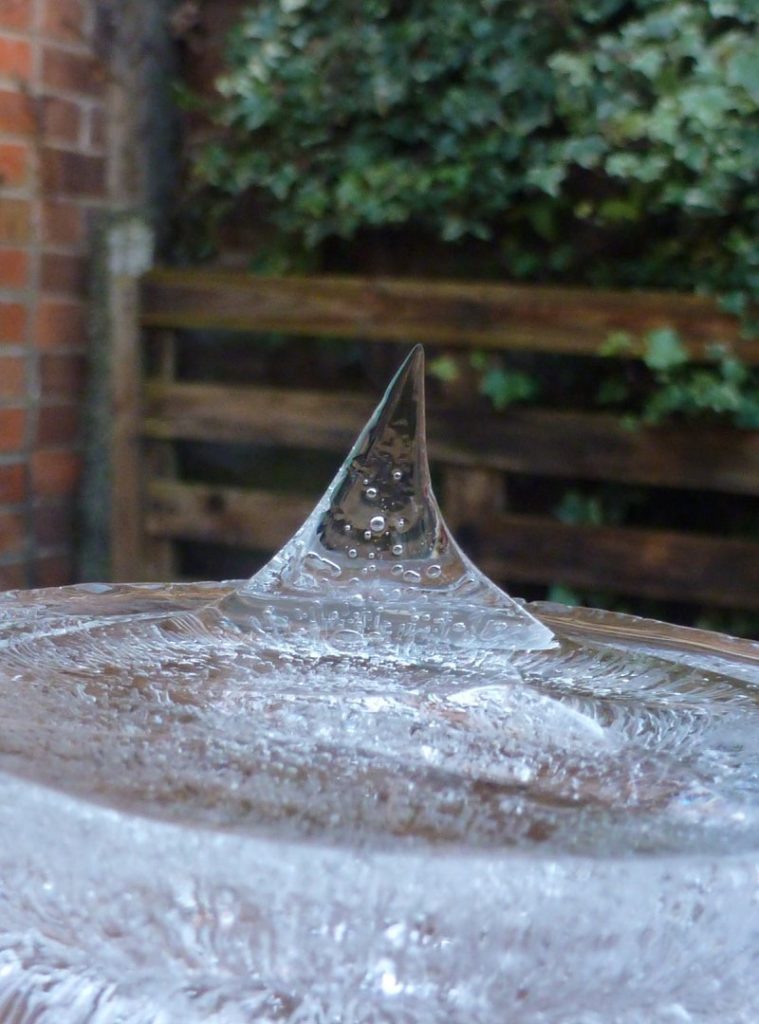
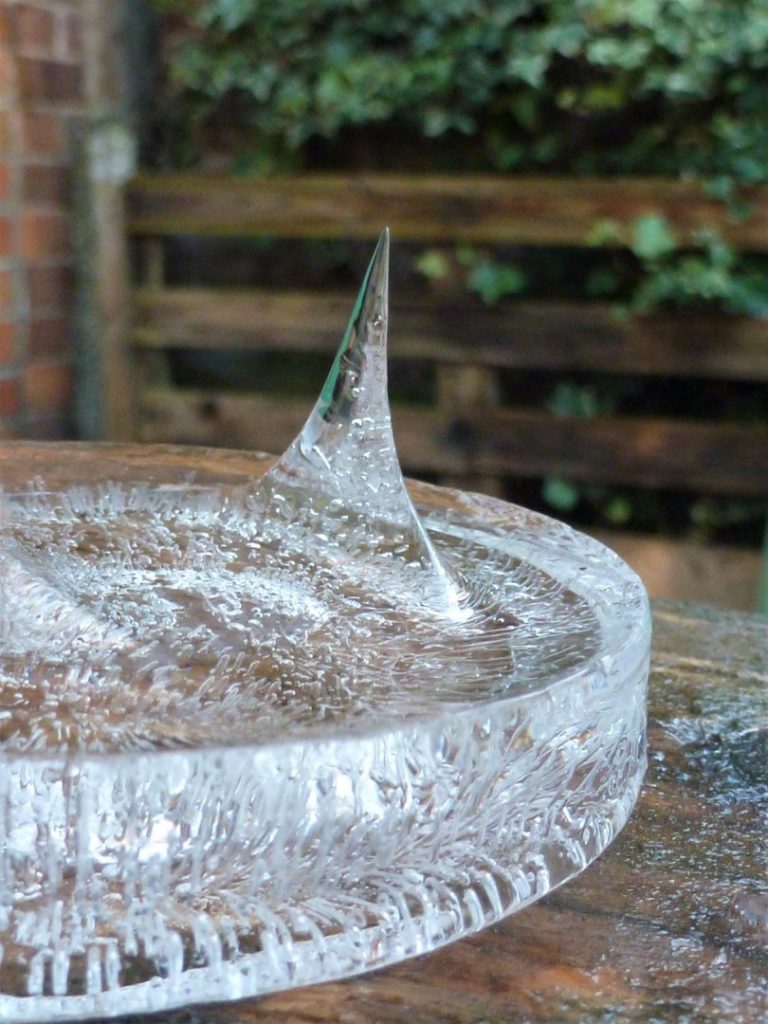
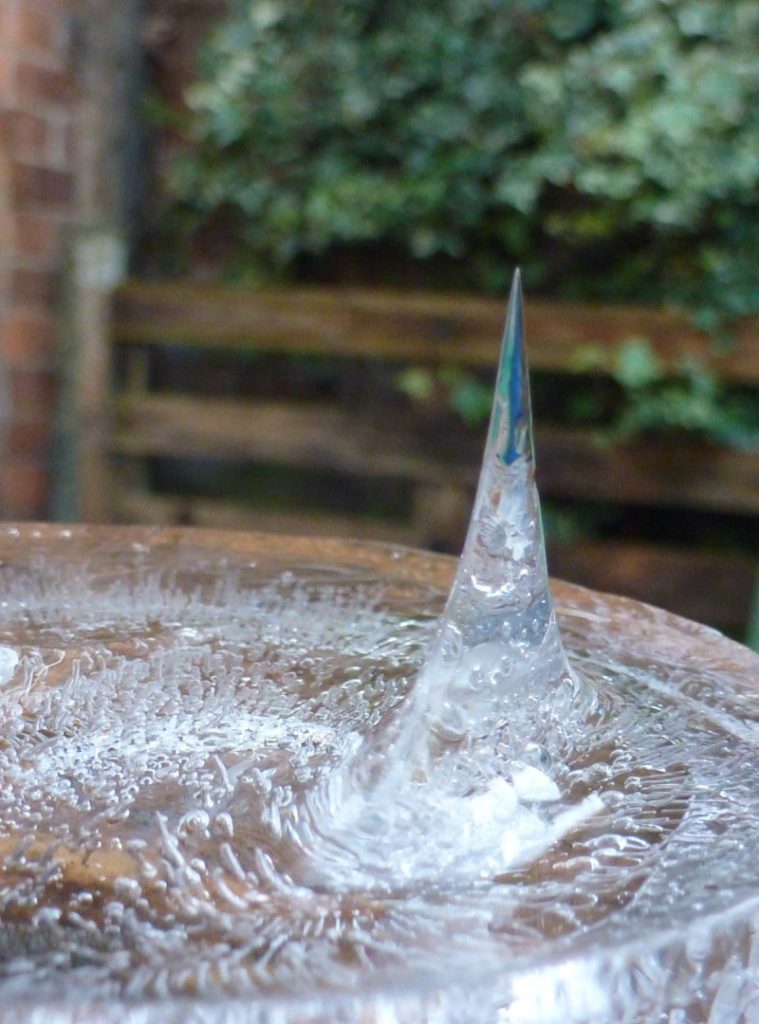
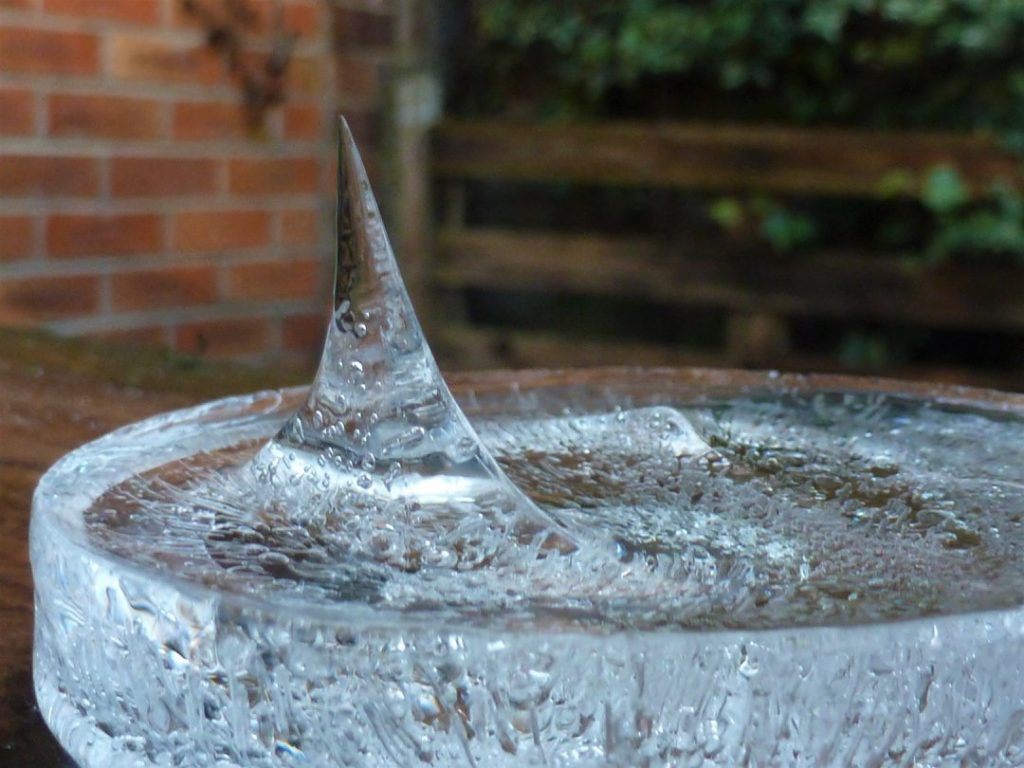
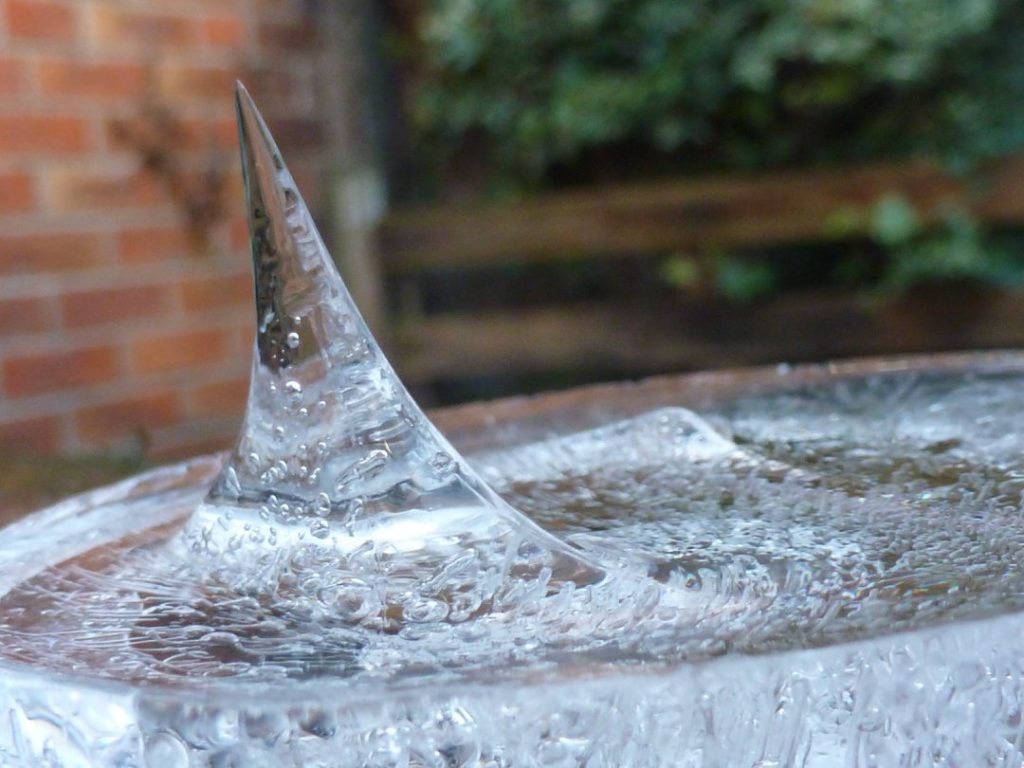
So how do ice spikes form?
So, how does an ice spike form? It’s actually a neat little quirk of physics, and once you understand it, it makes you see your freezer in a whole new light. Let me break it down in a way that doesn’t require a physics degree—or, let’s be honest, more than one cup of coffee.
When you fill an ice cube tray with water, it starts freezing from the outside in. That’s because the edges are exposed to the cold air first, so the surface starts to harden into ice, forming a kind of roof with just a little hole in the middle that hasn’t frozen yet.
Now here’s where things get interesting. As the water inside continues to freeze, it expands. That’s one of water’s more rebellious traits—most things shrink when they freeze, but not water. It gets puffed up like it’s off to a winter disco.
This expansion pushes the remaining liquid water up through that tiny hole in the ice “roof.” And because it’s still freezing outside, this pushed-up water starts to freeze too—right around the edges of the hole, forming a narrow tube of ice.
The water keeps pushing up, and the tube gets longer and longer. Voilà: an ice spike. Eventually the water inside freezes completely, cutting off the supply, and the spike stops growing. But by then, it looks like your ice cube tray is trying to grow a unicorn horn.
Now, not every ice cube sprouts a spike. You need just the right conditions. Super clean water is key—distilled water gives better spikes because it doesn’t have the minerals or air bubbles that mess with the freezing process. Your freezer’s temperature matters too. Somewhere around –7°C (19°F) seems to be the sweet spot. Any colder and things freeze too fast; any warmer and they don’t freeze quite right.
And the container matters! If you’re using a tray with a lid or one of those fancy silicone ones, you might never see a spike. Ice spikes are divas—they need just the right stage.
Funny enough, I saw my first one in the ’90s. I opened the freezer and thought, “Why is there a toothpick in the ice?” Turns out, nature was just showing off. I didn’t have a smartphone to take a picture back then (or even a digital camera), so I just stood there staring like a caveman who’d seen fire for the first time.
Since then, I’ve actually tried to make them. Distilled water. Old-school plastic trays. Gentle freezer setting. And yes, occasionally they show up, like little frozen stalagmites from another dimension.
It’s one of those small wonders of nature. Totally unnecessary, completely useless, and utterly delightful.


Sponsor us and have your logo displayed here, on every post or page. We'll link to your website too.

